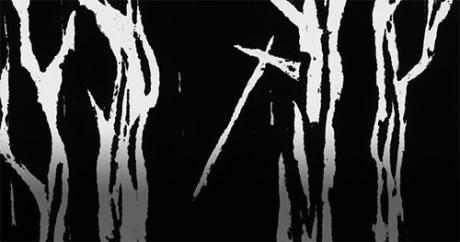Sealed Borders, Trafficking and Deportation – Austrian Refugees in the Czechoslovak Border Region after the “Anschluss”
Sealed Borders, Trafficking and Deportation – Austrian Refugees in the Czechoslovak Border Region after the “Anschluss”
Author(s): Wolfgang SchellenbacherSubject(s): Geography, Regional studies, Studies in violence and power, Interwar Period (1920 - 1939), WW II and following years (1940 - 1949), Fascism, Nazism and WW II, History of the Holocaust, History of Antisemitism, Migration Studies
Published by: SAV - Slovenská akadémia vied - Historický ústav SAV
Keywords: Austria; Czechoslovakia; Holocaust; Jews; Refugees; Border Region; Transnational Biographies; Anschluss;
Summary/Abstract: Between the “Anschluss” of Austria to Nazi Germany in March 1938 and the first mass transports from Vienna in 1941, 135,000 Austrians, who were defined as Jewish by the Nuremburg laws, fled abroad. This article looks at the key moments in their expulsion, focusing on those who sought refuge in Czechoslovakia, especially in the border regions during 1938 and an examination of the processes of flight, trafficking, smuggling and illegal expulsions as the geo-political landscape of both countries changed dramatically. Using biographies reconstructed through transnational research and the application of geo-referencing, fresh insight into the major routes taken and the effect on the fates of those who fled or were expelled to Czechoslovakia is offered.
Journal: Forum Historiae. Časopis a portál pre históriu a príbuzné spoločenské vedy
- Issue Year: 13/2019
- Issue No: 1
- Page Range: 75-91
- Page Count: 17
- Language: English

